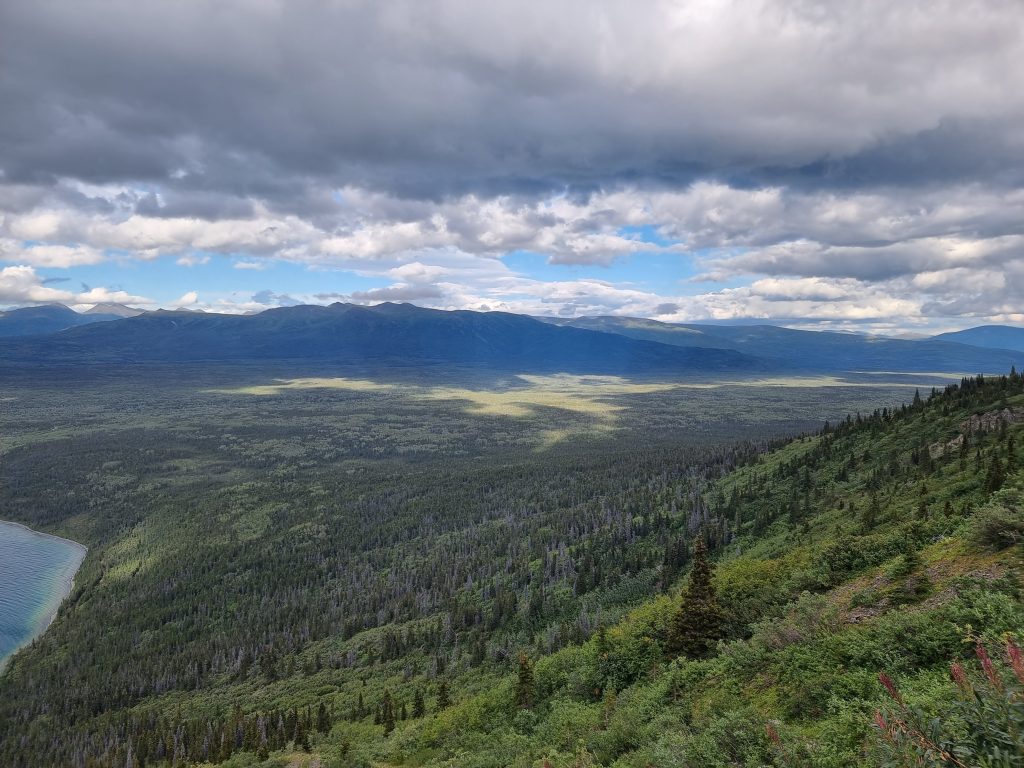
Greetings, Earth Rangers! I’m Sandra Yaacoub, a researcher from Queen’s University. I’m working with a team in southwest Yukon. Here in the taiga (also known as the snow forest or boreal forest), we see a lot of wildlife, including lynxes!
Lynxes belong to the cat family. They’re known for their thick fur and tufted ears — and for their wide paws, which look like they’re wearing snowshoes! They live in the taiga biome across Canada, Alaska, and the northern United States, so their thick fur and “snowshoes” come in handy. These furry, fierce cats sleep in dens under fallen trees and tree stumps, bushes, and rock ledges.
The lynx is a “specialist predator,” which means it has a pretty limited diet. It prefers eating snowshoe hares, and lynx populations will actually fall or rise based on the hare population. When there aren’t any hares around, lynxes will include other animals in their diet, like ducks, moles, squirrels, and even larger animals like sheep and caribou. Lynxes are nocturnal and hunt at night — they wait in what are called “ambush beds,” which help them save energy in the cold weather. These amazing creatures use their sharp vision and hearing as they hunt, and they’re also excellent climbers and swimmers. One lynx was recorded swimming two miles across the Yukon River


Unfortunately, the lynxes’ habitat has been affected by spruce bark beetles, which have killed a lot of trees. By taking photos and ground measurements— and even monitoring the area from space! — my team and I have studied tree damage and the forest’s recovery in the region. We’re also hoping to share our findings with the local community, and we could really use your help!
Ready to make a difference? Visit the Adoptions section in the Earth Rangers App or check out the Earth Rangers Shop to get your Lynx Adoption Kit!



